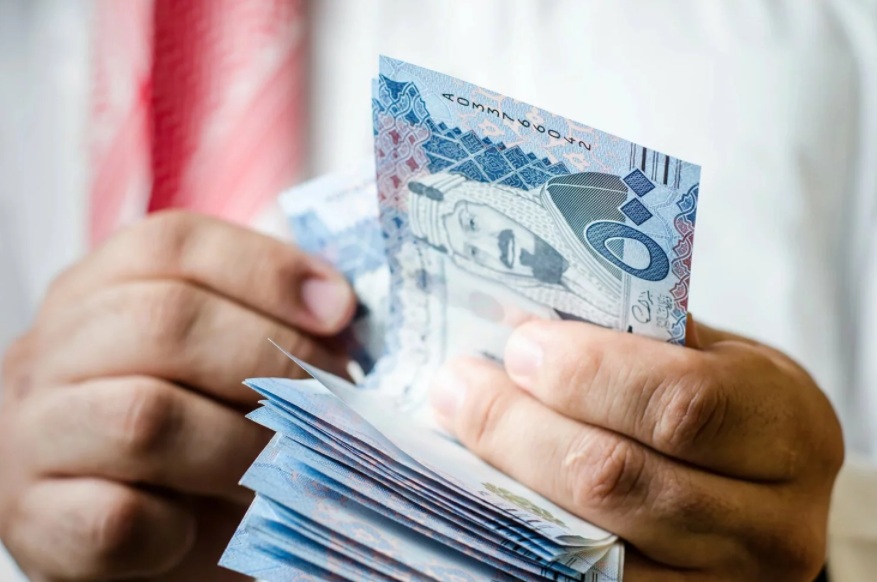RIYADH. In a remarkable development, expat remittances from Saudi Arabia have seen a substantial 14% annual increase in 2024, reaching SR144 billion ($38.4 billion). This marks the highest level since 2022, as reported by the Saudi Central Bank (SAMA) in its monthly statistical bulletin.
The volume of remittances in 2023 stood at SR126.8 billion ($33.8 billion), compared to SR143 billion ($38 billion) in 2024. This significant rise is primarily attributed to robust economic growth and increased employment opportunities, particularly in the construction and services sectors.
Drivers of Growth
In a report published by the Asharq Al Awsat, cconomic analyst Rawan bint Rabian highlighted that the implementation of Vision 2030 projects has spurred demand for foreign labor. The data shows that the number of non-Saudi workers in the private sector increased to 8.9 million in 2024, a 3.5% annual rise. This surge in employment directly contributed to the higher volume of remittances.
Additionally, wages in some sectors have improved. The average monthly wages for foreign workers in construction and services rose to SR4,200 ($1,119) in 2024, up from SR3,850 ($1,026) in 2023. This increase in disposable income has led to higher remittances.
Economic Stability and Cost of Living
The stability of the Saudi riyal against foreign currencies has also played a crucial role. The exchange rate remained steady at SR3.75 to the US dollar, supporting the growth of remittances. However, the rising cost of living in Saudi Arabia, with a 2.5% increase in the consumer price index in 2024, has also prompted many workers to send a larger portion of their income abroad.
The increase in remittances is influenced by several factors, including the rise in the number of foreign workers, improved economic conditions in their home countries, stable exchange rates, and enhanced financial services facilitating fund transfers.
This surge in remittances has several implications for the Saudi economy. Increased outward cash flows may affect the balance of payments, and there is a limited impact on local liquidity, as remittances account for 5.25% of total deposits in Saudi banks, according to the SAMA report for November 2024.
Future Outlook
Predicting the continuation of this trend is challenging, as it depends on various factors. These include changes in the local labor market, global economic conditions, technological advancements, and the development of digital banking services. However, the current growth underscores the resilience and dynamism of Saudi Arabia’s economy.
The significant increase in foreign remittances from Saudi Arabia in 2024 reflects the Kingdom’s robust economic growth and strategic initiatives under Vision 2030. This trend not only benefits the home countries of foreign workers but also highlights the importance of continued economic diversification and stability in Saudi Arabia.


